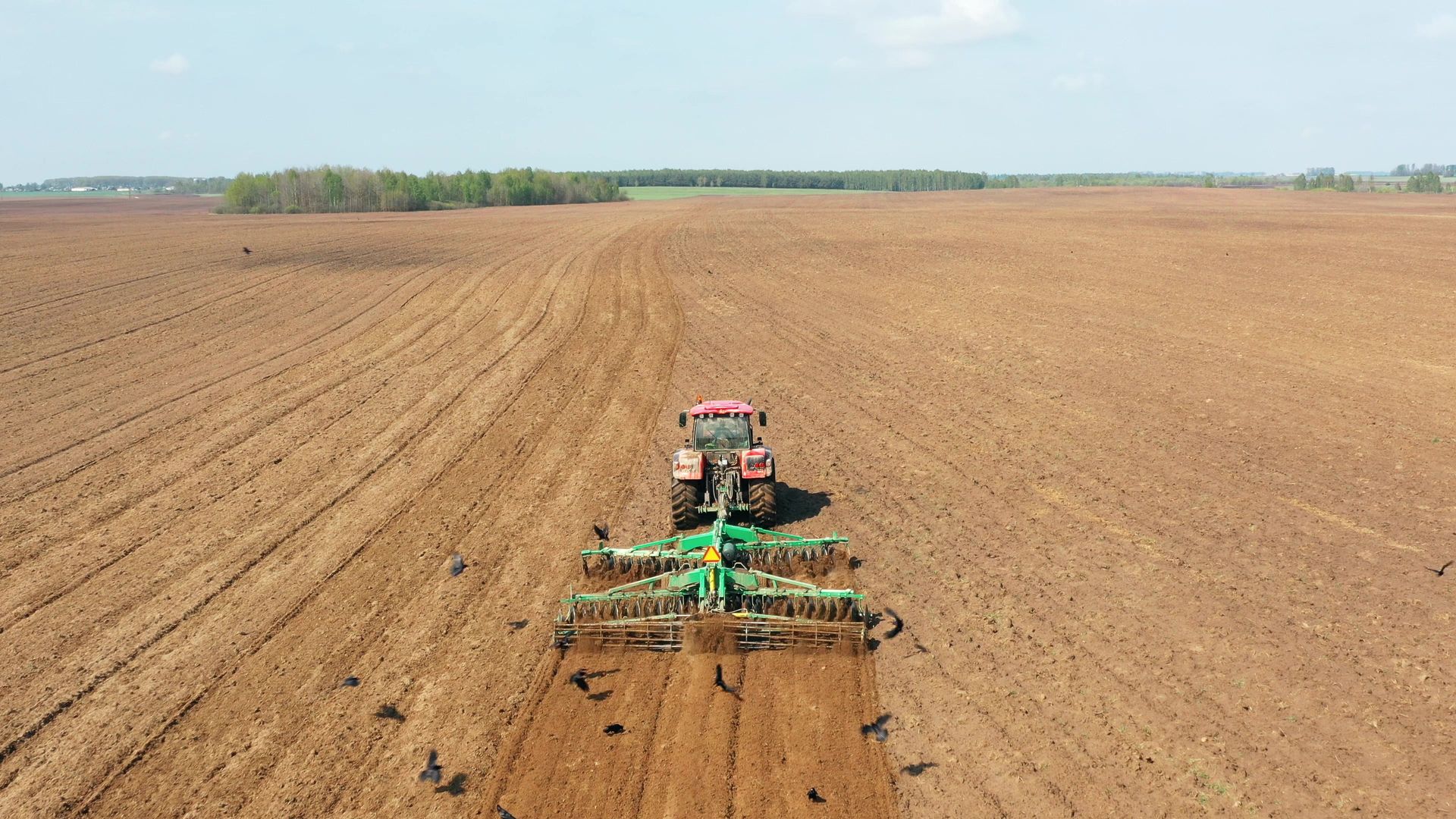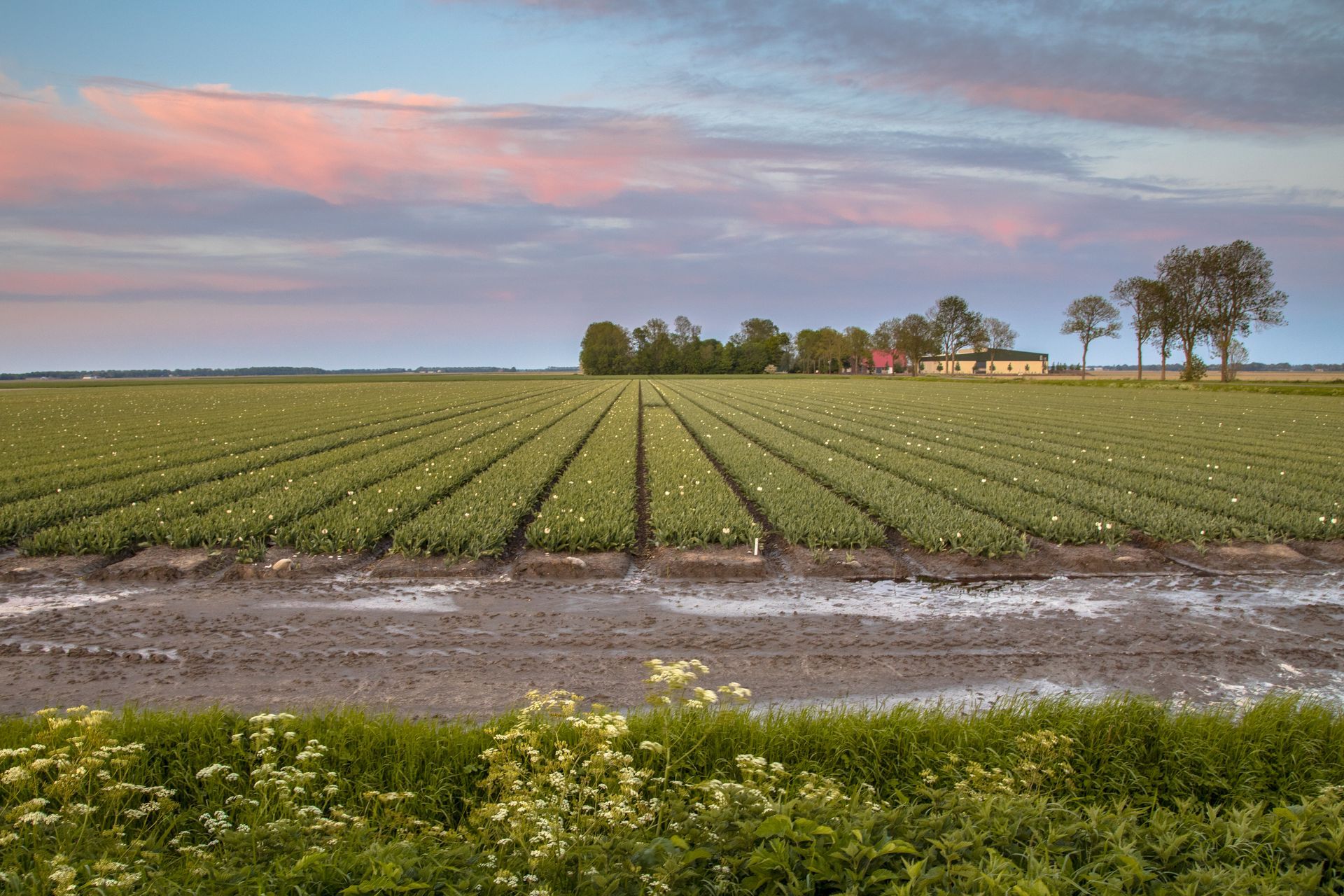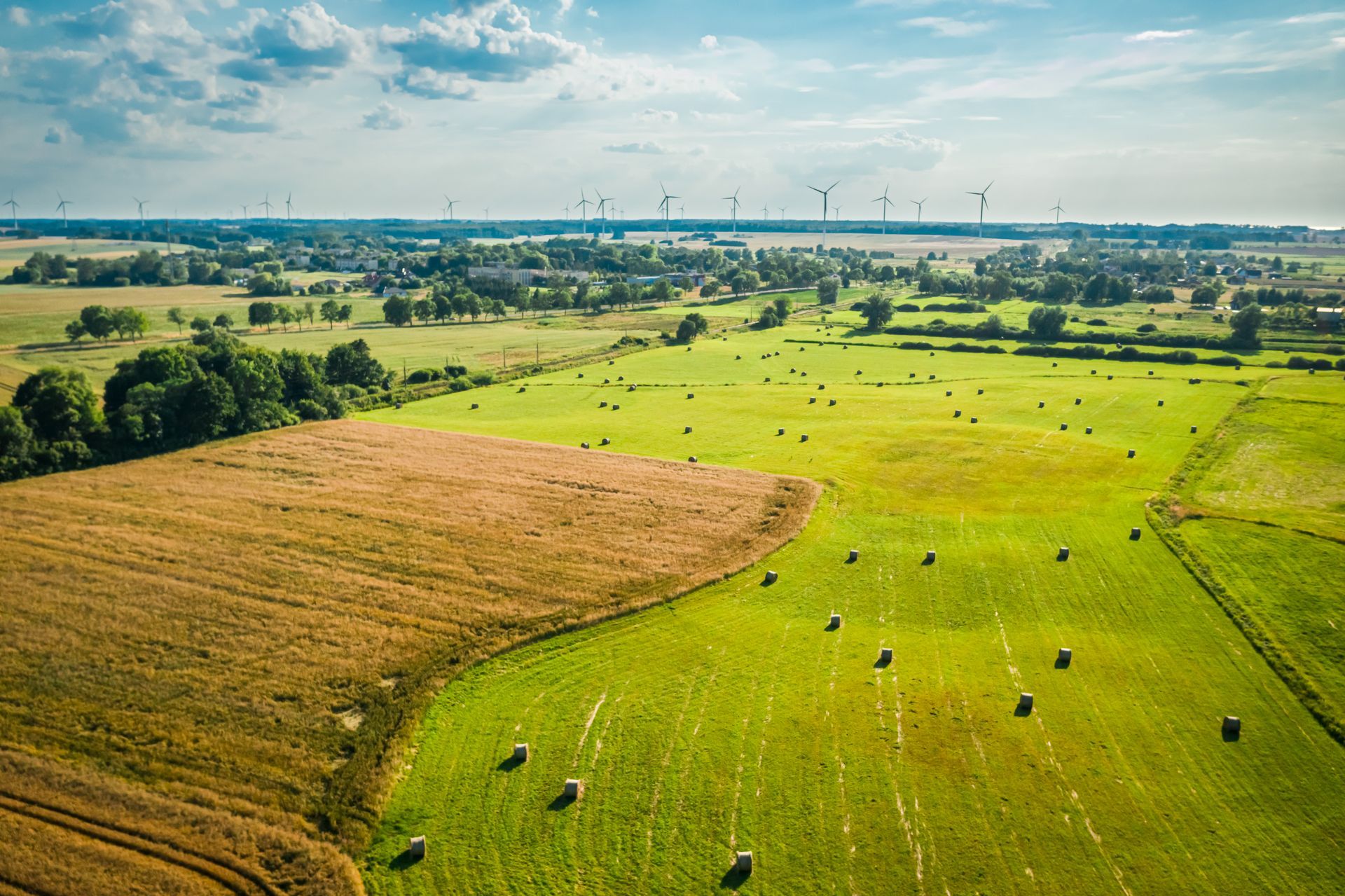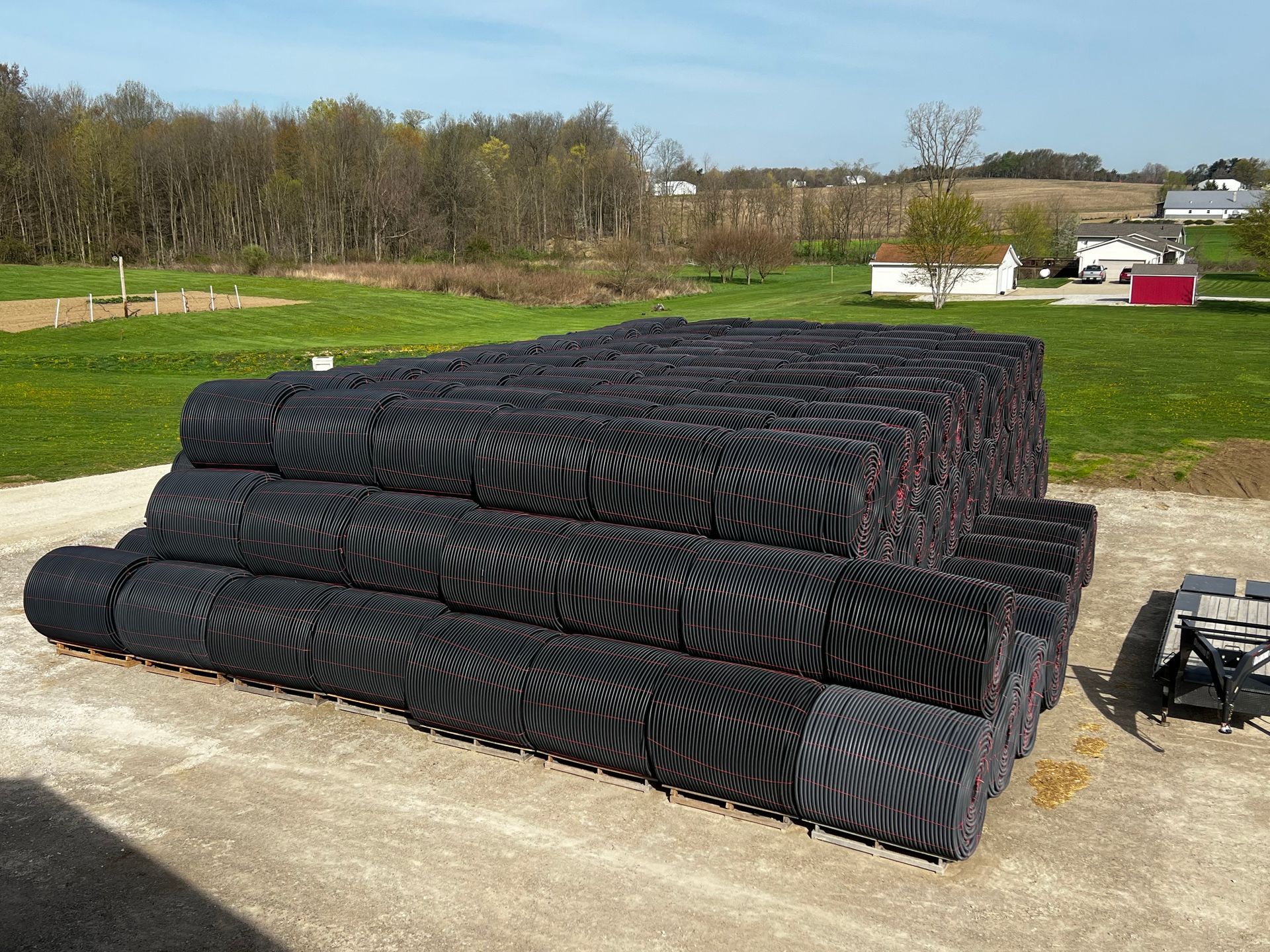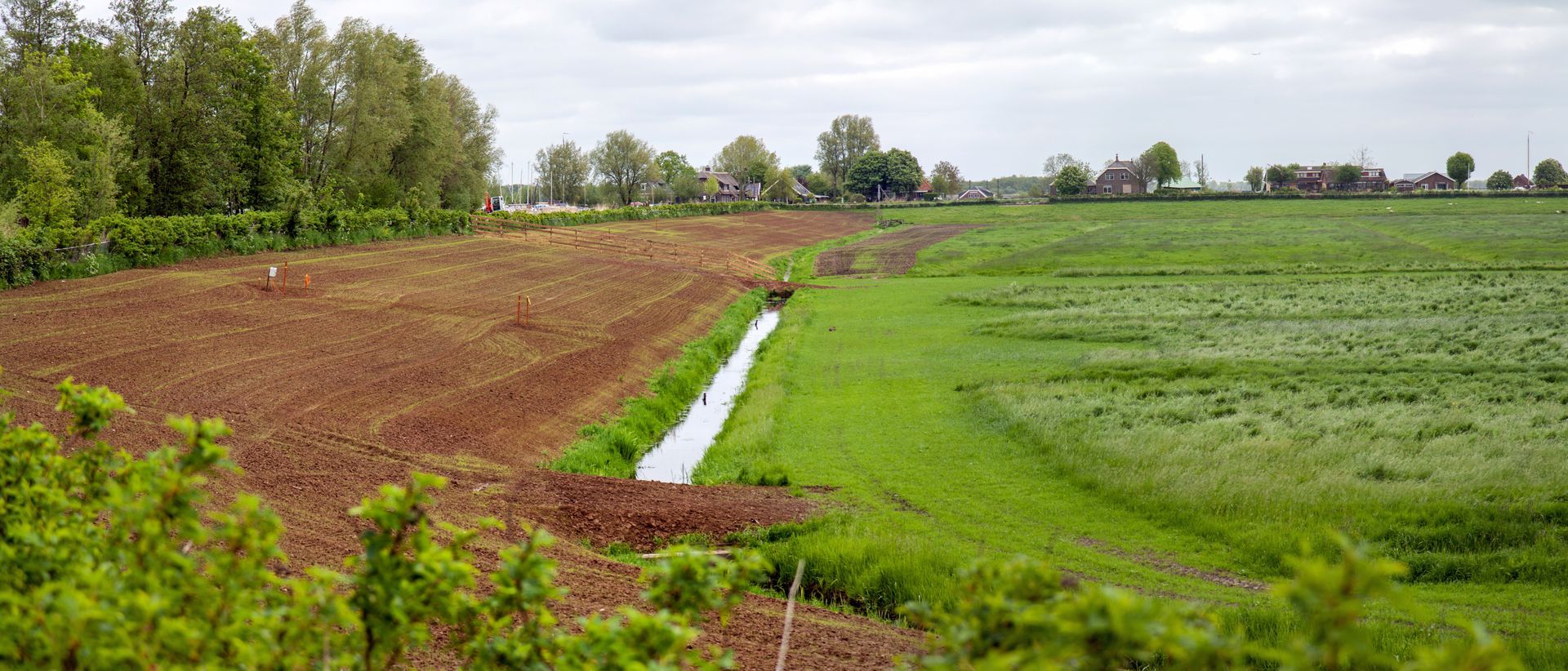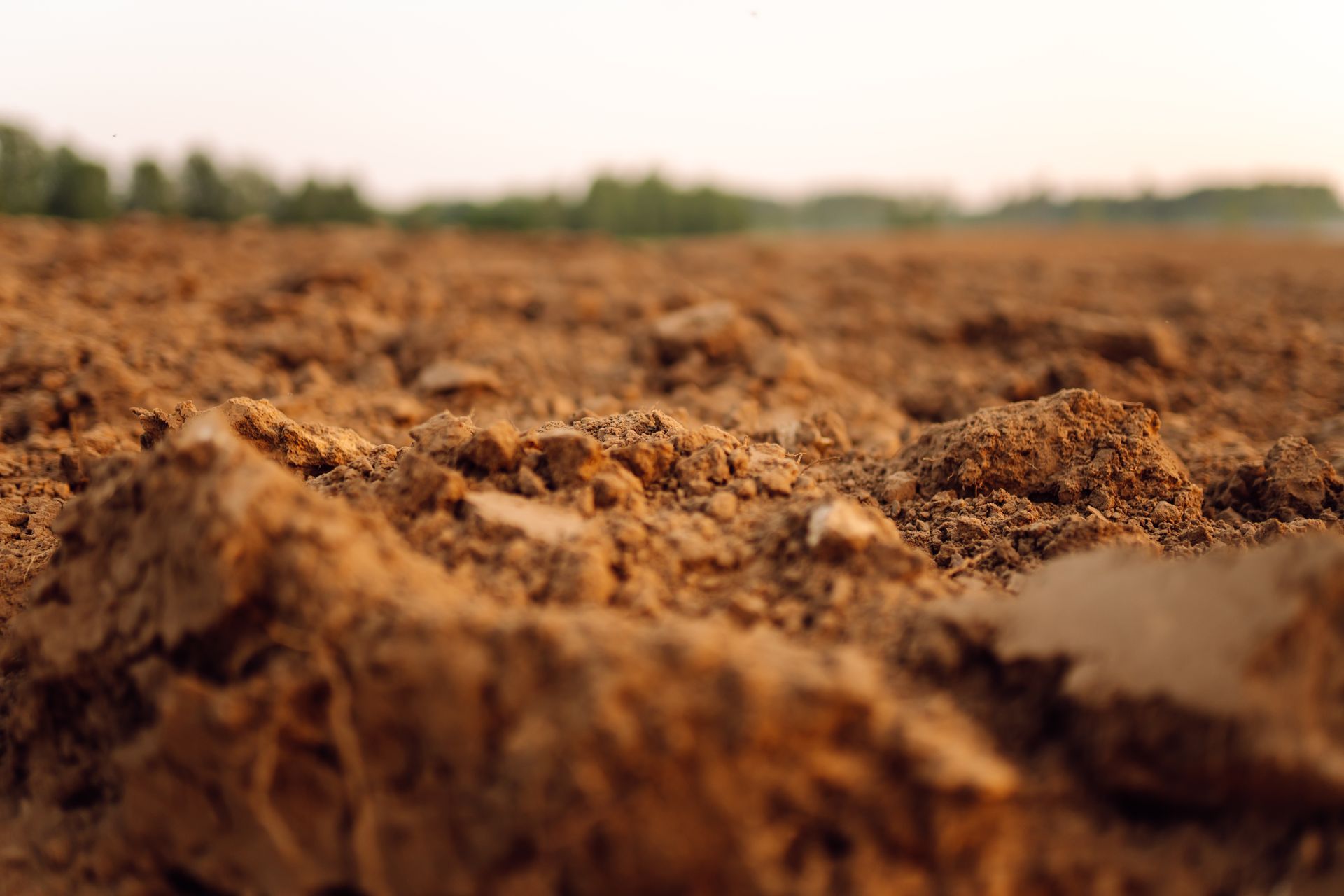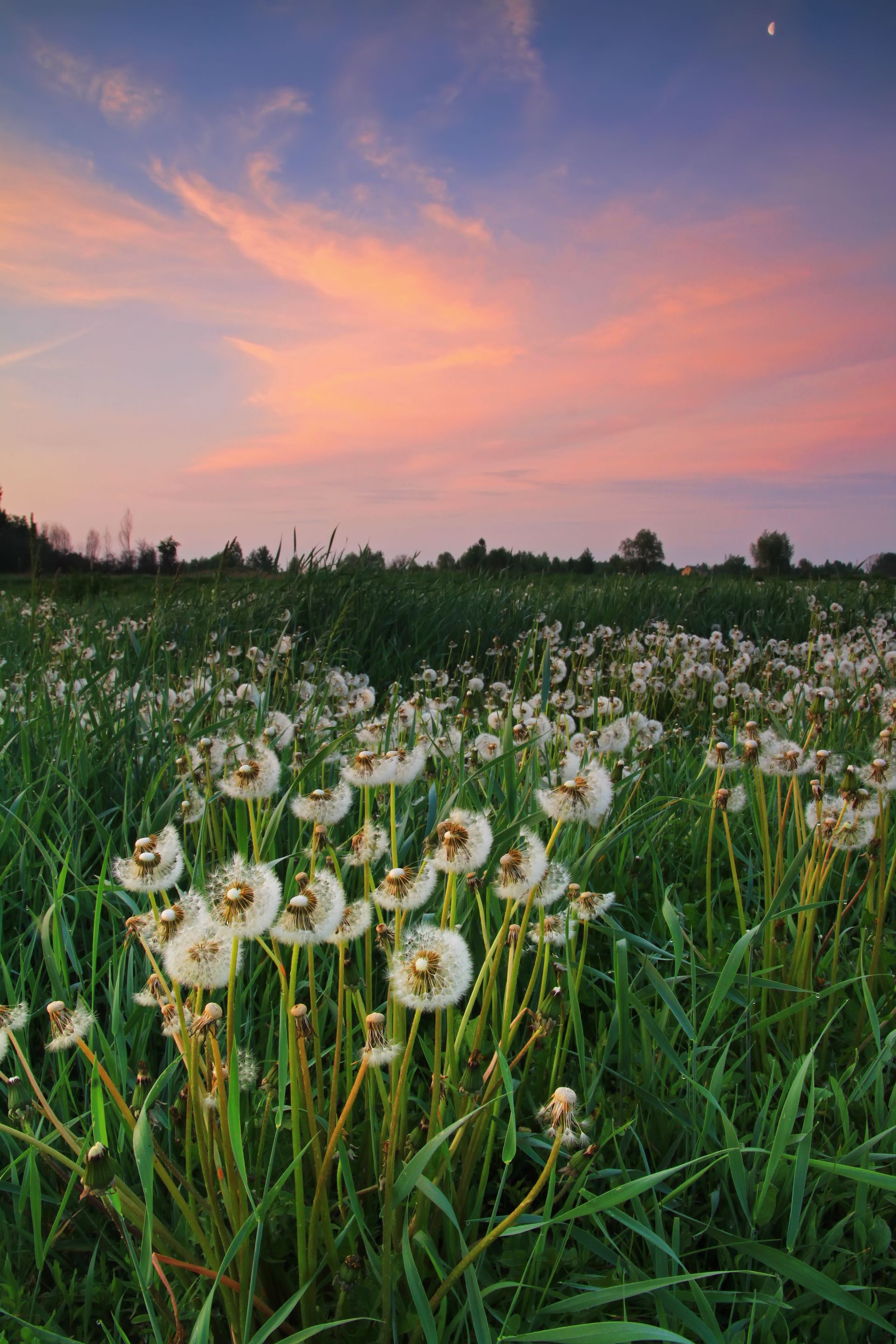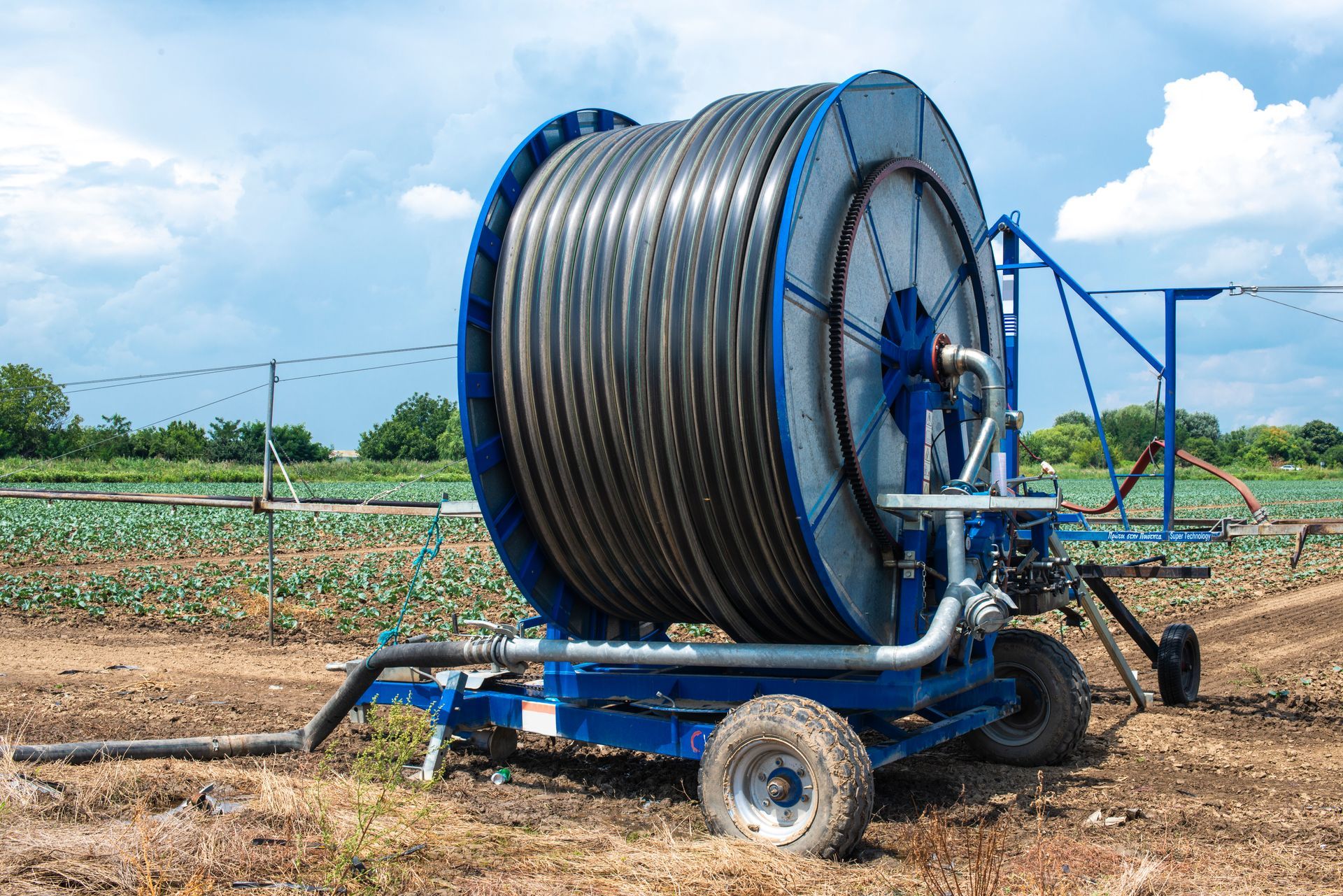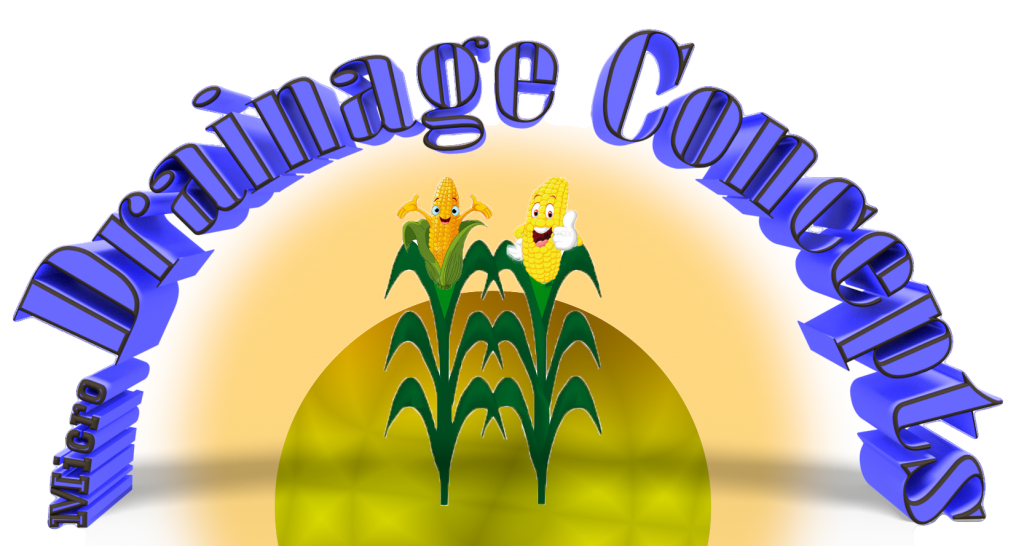
What is The Most Popular Cover Crop?
There are all sorts of cover crops and some are better in certain situations than others, but according to the 2020 Cover Crop Benchmark Study shows that Cereal Rye was the top competitor with a whopping 64% of farmers utilizing it in their fields. It’s no surprise either, Cereal Rye is able to be planted late in the year, it’s very resilient against the cold, it’s got a sizeable amount of biomass and it’s fairly easy to terminate.
Another similar survey shows that 55% of growers only used a single cover crop species. For those who did only use one cover crop, 58% of them used Cereal Rye.
“In 2007 we decided to plant cereal rye for forage for our dairy cows,” says Derek Van De Hey, a fourth-generation farmer from Wisconsin. “We just wanted to do 100 acres and chop it in the spring, so we’d have cheap feed. And then we realized how easy it was to get in the field in the spring, and we hauled manure on it for the first time ever in the spring. We figured if we could do this on a lot more ground, running the farm could be a lot easier. We just had to do it once to see that it was a no-brainer to do it on all our acres.”
Radishes also have been very popular recently, breaking the 50% mark, they come in at second place at 53%, then followed by Oats at 44%, Crimson Clover at 32%, and Turnips at 28%.
Now while many farmers would opt for planting a single crop, according to the survey, at the same time, 70% of them also use multiple. It would seem that a good portion of farmers use combinations of different cover crops in some fields while in others they must be using a single crop. The survey also shows that 35% of growers use a mix of 4-9 different crops, 30% of growers use 2-3, and only 13% use 10 or more.
Check back for more information of the Cover Crop Strategies first annual Cover Crop Benchmark Study.
Contact Us Today!
We would be happy to answer any questions you may have!
-
Address
8105 Malone Rd, Shiloh, OH 44878
-
Phone
(419) 908-5696
-
Email:
Sales@RichlandMicroDrainage.com
